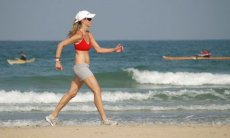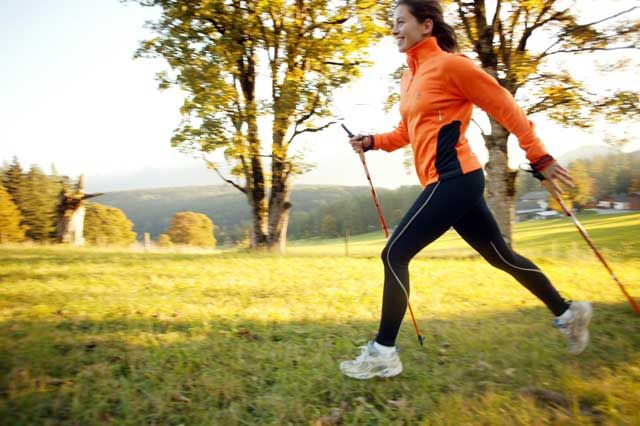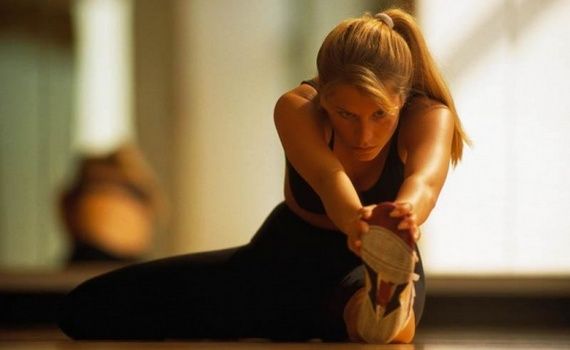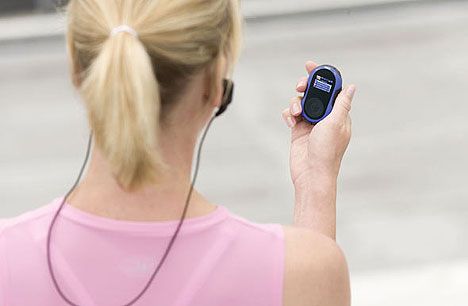New publications
Walking is a tool for weight loss and wellness
Last reviewed: 01.07.2025

All iLive content is medically reviewed or fact checked to ensure as much factual accuracy as possible.
We have strict sourcing guidelines and only link to reputable media sites, academic research institutions and, whenever possible, medically peer reviewed studies. Note that the numbers in parentheses ([1], [2], etc.) are clickable links to these studies.
If you feel that any of our content is inaccurate, out-of-date, or otherwise questionable, please select it and press Ctrl + Enter.

The most reliable and hassle-free way to lose weight is walking. Recently, this method of getting rid of extra pounds has been gaining more and more fans. It is especially suitable for those people who are contraindicated in strength and vigorous sports. Despite the fact that we are accustomed to perceiving walking as a normal way of moving, it can be a great alternative for those who do not like to play sports and who do not have access to a gym.
To make walking an effective weight loss tool, there are a few tips to consider:
Small steps
Walking with small (but not mincing) steps will help reduce unnecessary stress on the shin. You can speed up your pace by alternating fast and slow steps. It is advisable to walk fast every day for 30 to 60 minutes.
Increase the distance

The more you walk, the better. By increasing the distance every day, you will be able to easily cover even greater distances and feel how your well-being improves. For those who have just started training, this will help strengthen the leg muscles.
Stretching

Before you start exercising, don't forget to stretch your muscles well and warm up. This applies not only to your legs, but to your entire body. Don't be fooled by the fact that you walk every day and therefore don't need to warm up. Intensive walking without preliminary stretching can result in pain the next morning.
Keep up the pace
Increase your walking pace with each workout. You don't have to walk at lightning speed on your first day. Increase your pace gradually.
Move your whole body

Don't walk like a robot, relax, let your movements be natural and free. Keep your elbows close to your body, and don't stare at the ground - keep your chin parallel to the surface.
Don't forget to take breaks
Your body needs rest, so don't force yourself to walk, alternate between exercise and rest. You can also leave your legs alone and switch to the upper body.
 [ 1 ]
[ 1 ]
Watch your diet
If you exercise intensively, do not forget to watch your diet. For women who lead an active lifestyle, the daily norm should be about 1200 calories, and for men - 1500-1600 calories per day.
Keep track of your progress

In this case, a pedometer will come in handy – a device that will give you complete information about how many steps you have taken throughout the day and how far you have covered. This way, you can compare the load, increase the intensity and track your progress.
Bring variety
Alternate between fast and slow walking. For example, one day you can walk fast but cover a short distance, and the next day you can slow down but cover a longer distance. This will be good for your physical health and will help you avoid a workout routine.
Be careful with food
The first few days after starting training, you will probably feel hungry, so be careful and cautious! Do not overeat and replace heavy food with light salads or fruits, otherwise all efforts will be in vain.
The questions that arise most frequently are:
- Do you need special shoes for training?
No, it is important for walking that the shoes are comfortable, there is no need to buy any special ones. The only exception may be an injury that bothers you, for example, an ankle injury. Then, before starting training, you need to consult a doctor and choose the shoes that will ease your load as much as possible. Naturally, it is unnecessary to say that shoes such as flip-flops and sandals are unsuitable for training.
- Is it possible to jog in between walking?
Yes. You can combine a 15-minute walk with, for example, a 5-minute jog. However, when you finish jogging, you should not sit down and rest, you should continue walking to avoid leg fatigue.
Is it possible to listen to music while walking?
Of course, and even useful. A certain musical rhythm will set your pace. If you decide to speed up the pace, then energetic music will only encourage you and motivate you to speed up, slow music, respectively, the opposite.
- Joint training. Good or bad?
Not always. Walking in the company of someone will be effective. Despite the fact that this is some kind of moral support, it will still be difficult to refrain from talking. This is what can interfere with the effectiveness of training. Most likely, walking together will turn into a leisurely stroll with conversations.
What if I have had knee surgery or any other type of lower limb injury?
In this case, a mandatory consultation with a doctor is necessary. Even if the injury does not bother you, uncontrolled loads can cause pain and provoke serious problems.
Walking is a great way to stay fit and feel great!
